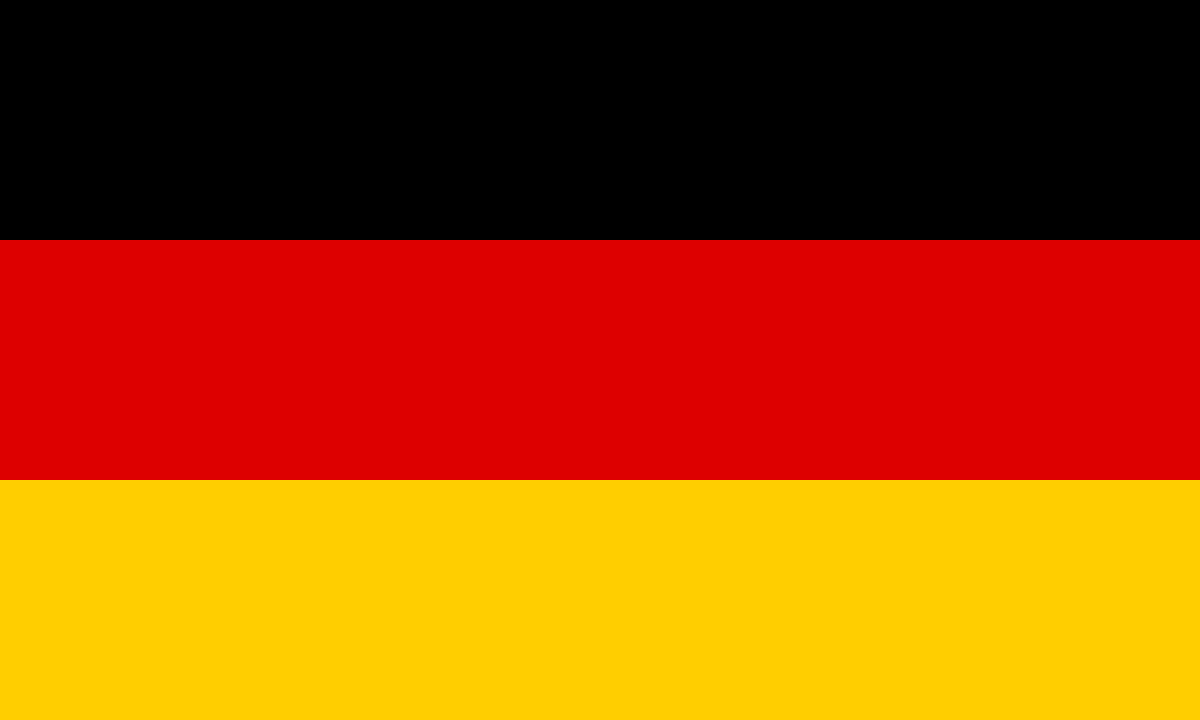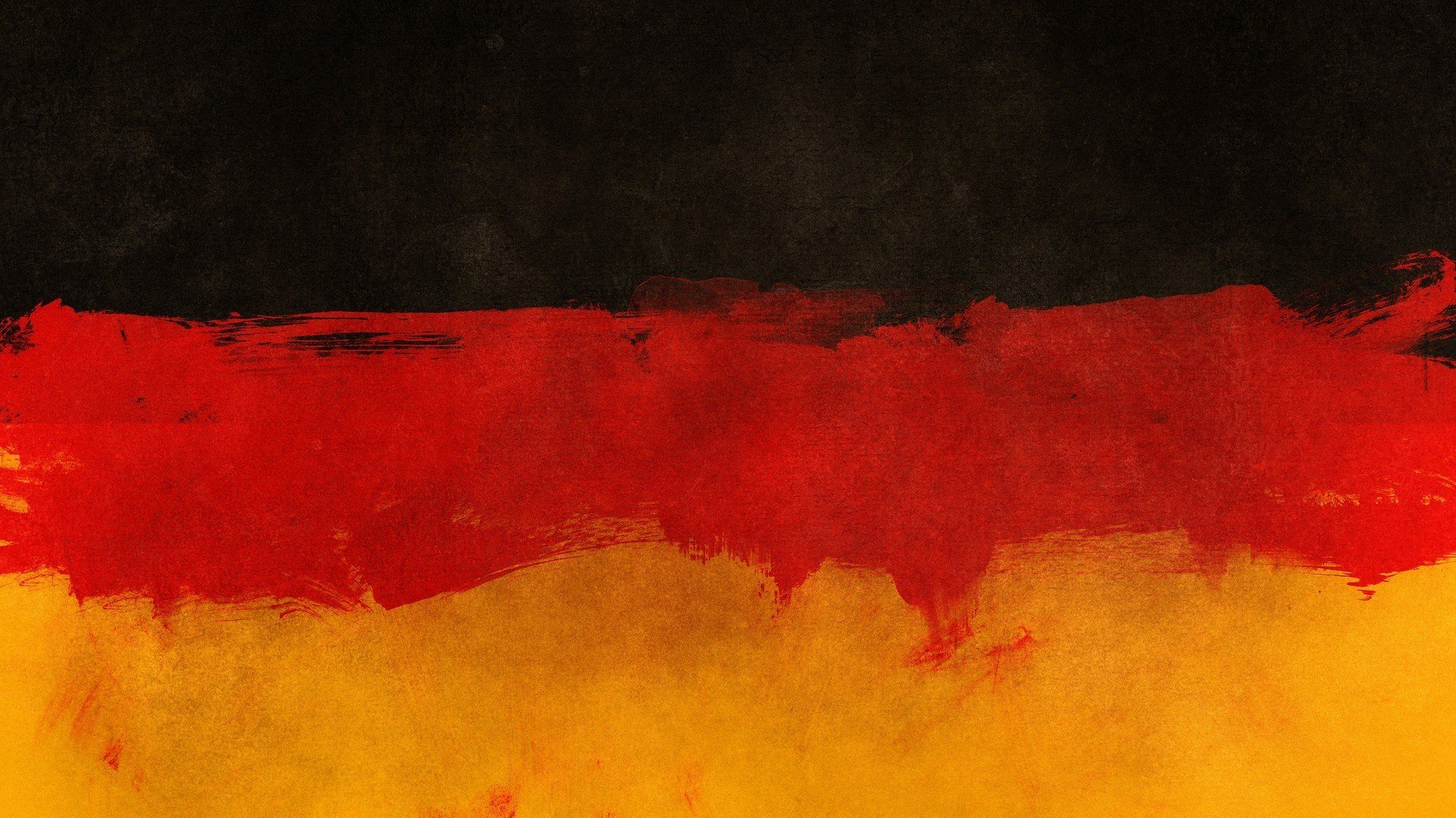German Necklace - A Look At Language's Adornment
When you think about something truly German, something that holds a special place, you might not immediately picture a necklace, but it's almost a perfect way to think about the language itself, you know. This idea of a German necklace brings to mind something carefully put together, with each part holding its own weight and beauty, much like the words and structures that make up this important way of speaking. It’s a way of looking at a language that truly connects people, a collection of sounds and meanings that are, in a way, worn by millions around the globe.
This particular kind of German necklace, you see, isn't something you wear around your neck in the usual sense. Instead, it’s a living, breathing collection of expressions that helps people share thoughts and feelings. It's a system of communication that is, in some respects, the official way of talking in places like Germany and Austria, and it also holds a place as one of the ways people speak in Switzerland. This collection of sounds and meanings belongs to a larger family of languages, the West Germanic group, which is itself part of an even bigger family, the Indo-European one. So, it's pretty widely connected, you might say.
Thinking about this German necklace, you really start to appreciate how it brings together different parts of life. From the simplest words that help you get by, to the more involved ways of putting sentences together, each piece adds to the whole. It’s a way of seeing how a language, like a finely crafted piece of jewelry, can be both beautiful and incredibly useful, allowing people to connect and understand each other, which is that kind of thing we all seek.
- Dehydrated Patrick
- Scary Costumes For Girls
- What Book Does Jason Die In
- Quotes On Death Anniversary Of Mother
- 4 Fa 4
Table of Contents
- What Makes the German Necklace So Special?
- How Does the German Necklace Connect the World?
- Is the German Necklace Hard to Wear?
- Where Does the German Necklace Shine Brightest?
What Makes the German Necklace So Special?
You might wonder what gives this particular German necklace its unique sparkle, or why it’s so widely recognized. Well, it actually has a pretty big role on the world stage. This is, in part, because of the economic influence of the country it comes from, Germany itself. That nation’s financial standing, you know, really helps to give its language a certain kind of importance. Beyond that, the language has deep historical roots, stretching back through many years, which adds to its significance. It’s a member of a big family of languages, the Germanic language family, which means it shares connections with other ways of speaking that are, like, pretty familiar to many people.
The Core Strands of the German Necklace
Think about the individual pieces that make up this German necklace. Each one is a little bit of what makes the language what it is. The language is, as a matter of fact, the official way of speaking in Germany, and it’s also the official way of speaking in Austria. Beyond that, it’s one of the official languages in Switzerland, too. So, you see, it’s not just tied to one place. It belongs to a specific branch of languages called the West Germanic group, which is itself part of the larger Indo-European family. These connections are what, in a way, give the language its structure and its ties to other forms of communication across history.
How Does the German Necklace Connect the World?
It's interesting to consider how this German necklace, this way of speaking, helps people connect across different places. There are, for instance, a lot of free ways to learn and practice the German language available online. These resources are designed to help you get a handle on it, whether you’re just starting out or looking to improve what you already know. They offer a path to become more comfortable with the language, allowing you to string together your own sentences and thoughts, pretty much like adding beads to your very own linguistic adornment. It’s a way to reach out and touch another culture, you know.
- Is Drew Starky Gay
- Peopleplanning Center
- Eugenia De York
- 90 Day Fiance Season 1 Couples
- Lee And Tiffany Divorce 2020
Learning the German Necklace - Resources and Tools
If you're thinking about putting on your own German necklace, meaning learning the language, there are many tools that can help. You can find free online exercises that cover all the main grammar points, which is really helpful for understanding how sentences are built. There are also online trainers for learning new words and for getting used to how verbs change, which is actually a big part of mastering the language. These tools are pretty much designed to help you get a feel for the rhythm and structure of the language. They help you go from the very simplest words to the phrases you need to, like, actually get by, and they often come with their English translation and a guide to how they sound, which is great.
Is the German Necklace Hard to Wear?
Some people might think that wearing this German necklace, meaning speaking the language, is a bit of a challenge. And, in some respects, it does have its own unique patterns and ways of doing things. However, there are many opportunities to make it feel more comfortable. You can find, for example, many free exercises, apps, and even video clips that are there to help you move your language abilities forward. These resources can help you go from just knowing a few basic things to being quite proficient, from a beginner’s level all the way to a much more advanced one. It’s really about getting used to the feel of it, you know, making it part of your everyday communication.
Practicing the German Necklace - Everyday Use
To really make this German necklace yours, to wear it with ease, practice is key. You can prepare yourself for using German in everyday situations by using the many free resources available. There are links to hundreds of free learning materials that cover pretty much every part of language development. Whether you just want to pick up a few basic phrases to, like, say hello, or if you want to brush up on what you already know, these resources are there for you. They help you to get comfortable with the sounds and structures, so that speaking it feels more natural, which is really the goal, isn't it?
Where Does the German Necklace Shine Brightest?
This German necklace, the language itself, has a pretty big presence around the globe. Its sparkle is seen in many places, and it’s not just confined to the countries where it’s an official way of speaking. The fact that so many people choose to learn it as a foreign language shows how much it matters. It’s a majority language in some places, meaning most people there speak it, and it’s an official language in others, which means it’s used in government and public life. This widespread acceptance and use really helps to make it stand out, you know, as a truly global way of communicating.
The Global Presence of the German Necklace
Looking at the reach of the German necklace, you’ll find that a significant number of people, about 15.4 million actually, are learning it as a foreign language across the world. This shows its importance beyond its home countries. It is, of course, the main way of speaking and an official language in places like Germany and Austria, and it holds an official spot in Switzerland too. As a member of the Germanic language family, it has a certain kind of structure and sound that connects it to other languages, giving it a broad appeal. You can find free content from places like Lingolia, with articles about how the grammar works, lists of words, and things to read and listen to that are, like, pretty interactive. This helps people all over to experience and learn this language, adding to its widespread use and appreciation.
So, when you think about this German necklace, you’re really thinking about a language that is central to a culture, official in several countries, and widely studied by people everywhere. It’s a way of speaking that has deep historical roots and a strong presence on the global stage, largely because of the economic influence of Germany. There are, as a matter of fact, many free ways to learn it, from basic words to complex grammar, with online exercises, vocabulary trainers, and resources for all skill levels. It's a language that, you know, truly connects millions, allowing them to communicate and share ideas, whether they are just starting out or looking to become really good at it.



Detail Author:
- Name : Aurelio Auer DDS
- Username : therese35
- Email : jaime25@williamson.info
- Birthdate : 1976-10-05
- Address : 14875 Jeanette Ports East Aricshire, VT 94525-2197
- Phone : 623-942-0238
- Company : Hayes, Johnston and Aufderhar
- Job : Molding Machine Operator
- Bio : Accusantium quibusdam deleniti quo nobis. Aut veritatis doloribus ullam esse ut fugit autem quo. Voluptas voluptatem sint adipisci praesentium.
Socials
instagram:
- url : https://instagram.com/walshs
- username : walshs
- bio : Eum pariatur sed optio. Dolor id sunt culpa.
- followers : 3833
- following : 433
linkedin:
- url : https://linkedin.com/in/shania1767
- username : shania1767
- bio : Voluptas aliquam corrupti culpa et.
- followers : 4194
- following : 135
facebook:
- url : https://facebook.com/shania_xx
- username : shania_xx
- bio : Placeat blanditiis voluptas tempore error. At ea aut voluptatem non eum illum.
- followers : 4037
- following : 2850
tiktok:
- url : https://tiktok.com/@walsh2018
- username : walsh2018
- bio : Voluptate consequatur enim ea reprehenderit quia autem.
- followers : 6323
- following : 701